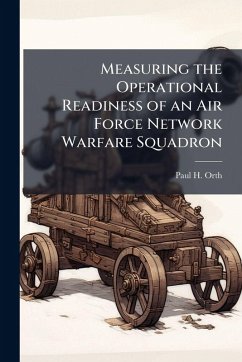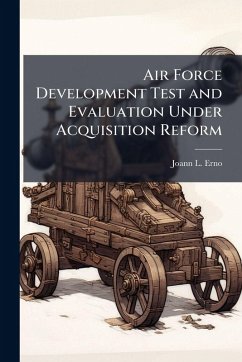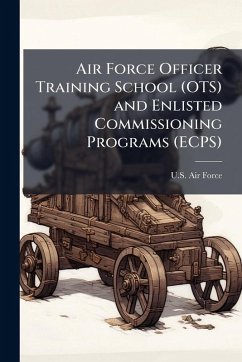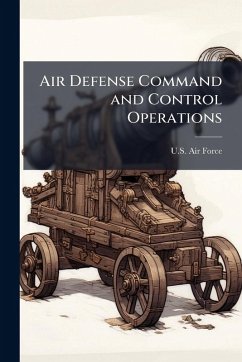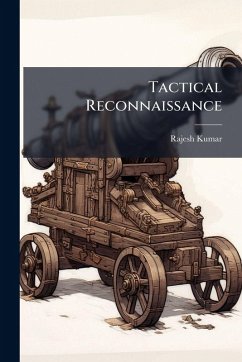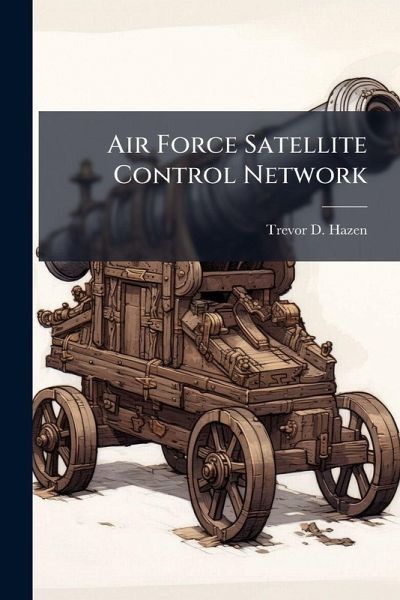
Air Force Satellite Control Network

PAYBACK Punkte
7 °P sammeln!
Originally designed in the late 1950s, the Air Force Satellite Network (AFSCN) was activated to support the Discoverer Program. Now the AFSCN provides global support for over 80 communication, navigation, missile warning, and meteorological satellites and other satellite systems for the DoD and Air Force. It has the flexibility to support Low-, Medium-, and High-altitude satellites operating in various orbits. The AFSCN is comprised of two satellite control centers, eight Remote Tracking Stations, a test facility, and a communications network linking it all together.This research paper demonst...
Originally designed in the late 1950s, the Air Force Satellite Network (AFSCN) was activated to support the Discoverer Program. Now the AFSCN provides global support for over 80 communication, navigation, missile warning, and meteorological satellites and other satellite systems for the DoD and Air Force. It has the flexibility to support Low-, Medium-, and High-altitude satellites operating in various orbits. The AFSCN is comprised of two satellite control centers, eight Remote Tracking Stations, a test facility, and a communications network linking it all together.This research paper demonstrates that the AFSCN is a force multiplier, and the center of gravity for military space operations, which needs increased security measures and upgrading. The AFSCN provides command and control capabilities for satellites that enhance several principles of war which regional commanders use to their advantage to shape the battlefield. The AFSCN faces the threats of terrorism, frequency intrusions, aging infrastructure, and budgetary constraints. In order to ensure the future of the AFSCN these threats need to be addressed. The DoD and the Air Force need to address these AFSCN threats by increasing security measures, re-writing operations orders, diplomatic relations, upgrading the infrastructure, and creating AFSCN interoperability. Taking these measures will ensure future survivability and sustainment of the AFSCN. This work has been selected by scholars as being culturally important, and is part of the knowledge base of civilization as we know it. This work was reproduced from the original artifact, and remains as true to the original work as possible. Therefore, you will see the original copyright references, library stamps (as most of these works have been housed in our most important libraries around the world), and other notations in the work. This work is in the public domain in the United States of America, and possibly other nations. Within the United States, you may freely copy and distribute this work, as no entity (individual or corporate) has a copyright on the body of the work. As a reproduction of a historical artifact, this work may contain missing or blurred pages, poor pictures, errant marks, etc. Scholars believe, and we concur, that this work is important enough to be preserved, reproduced, and made generally available to the public. We appreciate your support of the preservation process, and thank you for being an important part of keeping this knowledge alive and relevant.




